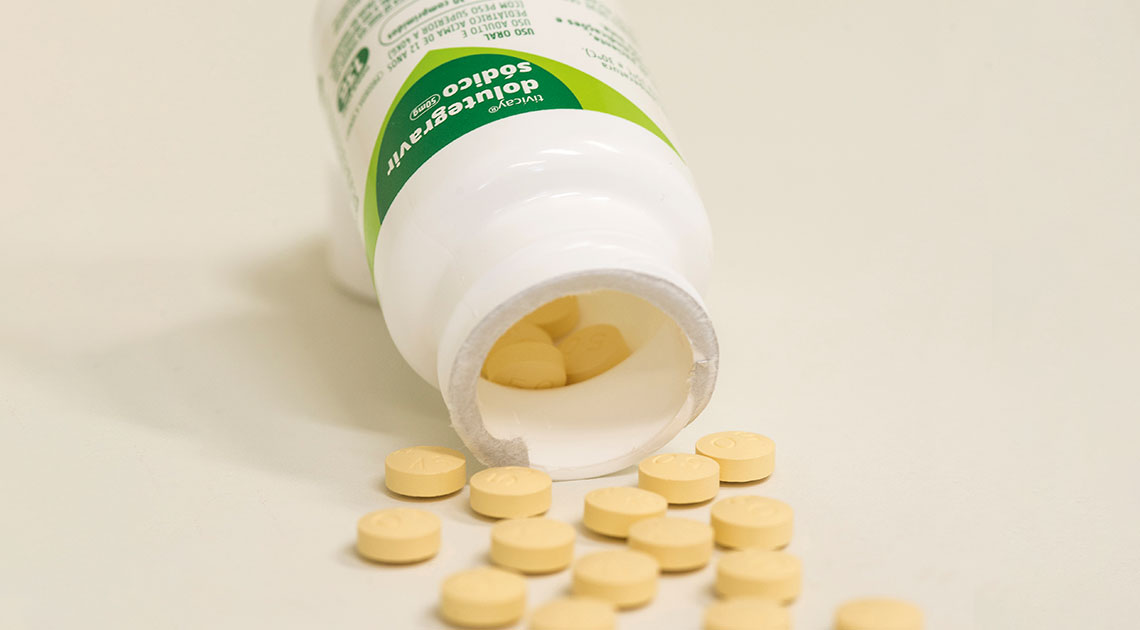
Eduardo Cesar / Revista Pesquisa FAPESPPrEP pills, recommended for people without HIV who are at risk of being infectedEduardo Cesar / Revista Pesquisa FAPESP
Pre-exposure prophylaxis (PrEP) — a daily pill used to prevent the transmission of HIV, which causes AIDS — was made available through Brazil’s public health system in 2018. Between that year and 2022, it was used by 124,796 people. There were, however, regional disparities influenced by socioeconomic factors, according to a study by a group from the Federal University of Sergipe (UFS). Based on data from Brazil’s Ministry of Health, the Brazilian Institute of Geography and Statistics (IBGE), the Institute of Applied Economic Research (IPEA), and the Brazilian Medical Council (CFM), the group’s analysis indicated that over the five years, PrEP was most used in cities with greater population densities and more doctors and health centers, especially in the states of Minas Gerais (112.8 users per 100,000 inhabitants), São Paulo (104.1 per 100,000), and Santa Catarina (87.7). The lowest proportions of users were recorded in the Federal District (4.1), Maranhão (11.6), and Alagoas (12.9). The 667 health centers capable of providing the medication were located in just 414 municipalities (7.4% of the national total): 163 were in the state of São Paulo and 161 were in Rio de Janeiro; conversely, Alagoas and Tocantins had only two each, Acre and Amapá, four, and the Federal District and Paraíba, five. “Brazil is in the top 10 countries worldwide in the number of PrEP users, but we face significant challenges related to misinformation and stigma, which limit access to this HIV prevention strategy,” says Dr. Paulo Martins-Filho, head of the research group. “It is critical to address these challenges and expand access to PrEP to maximize its preventive potential,” (Pesquisa FAPESP issue nº 267; International Journal of STD & AIDS, May 8).
Republish